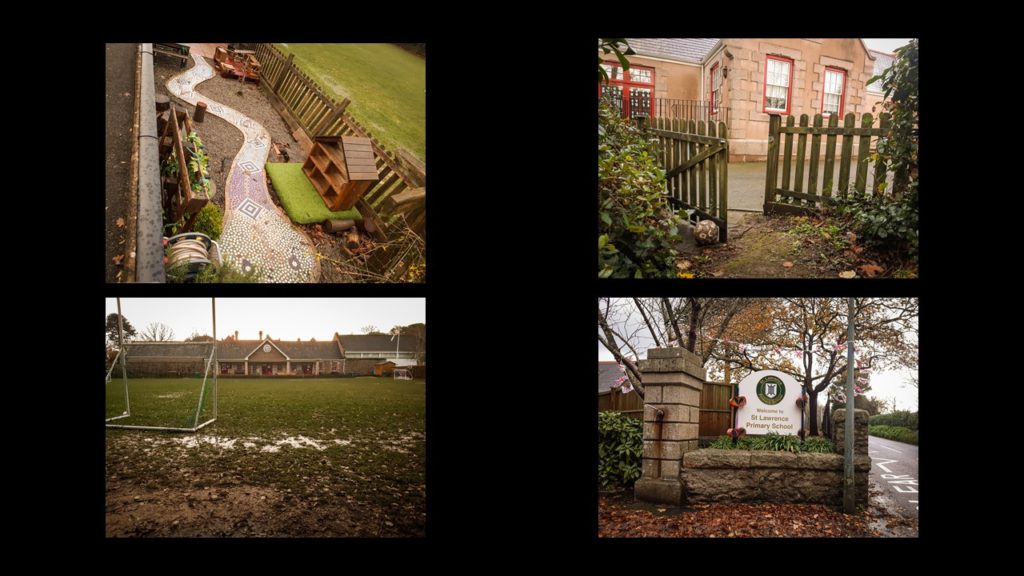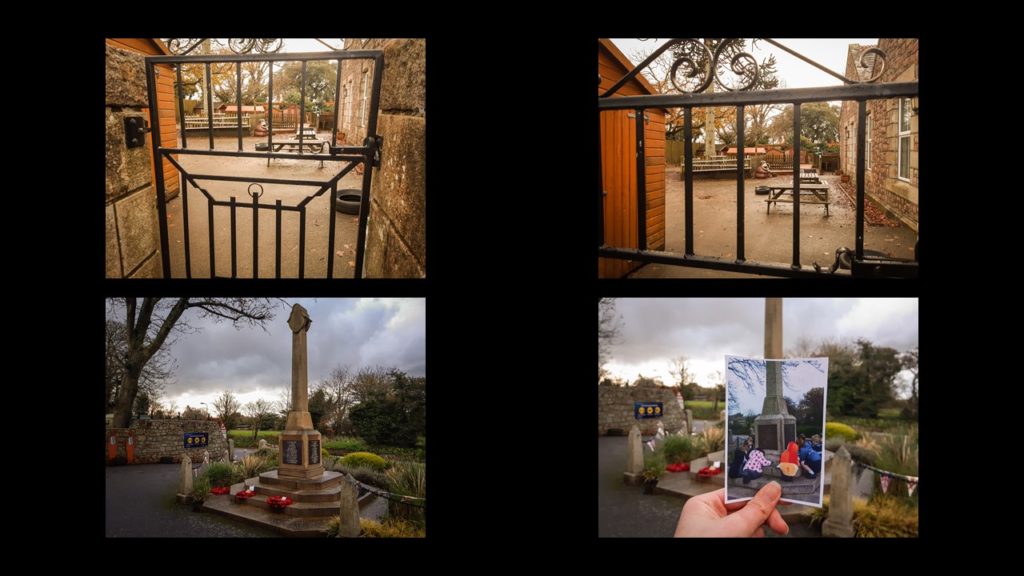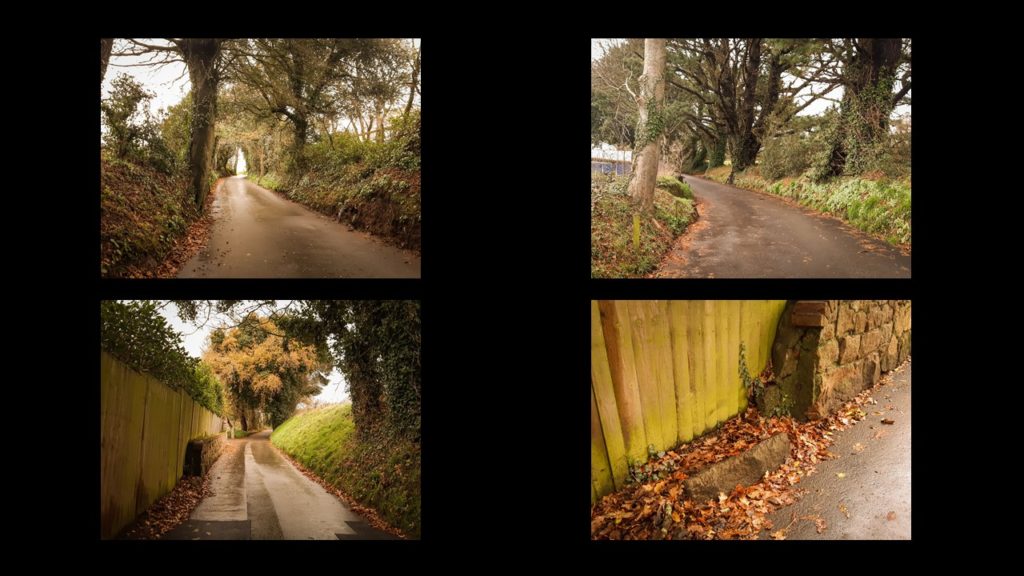Primary and Secondary papers / objects

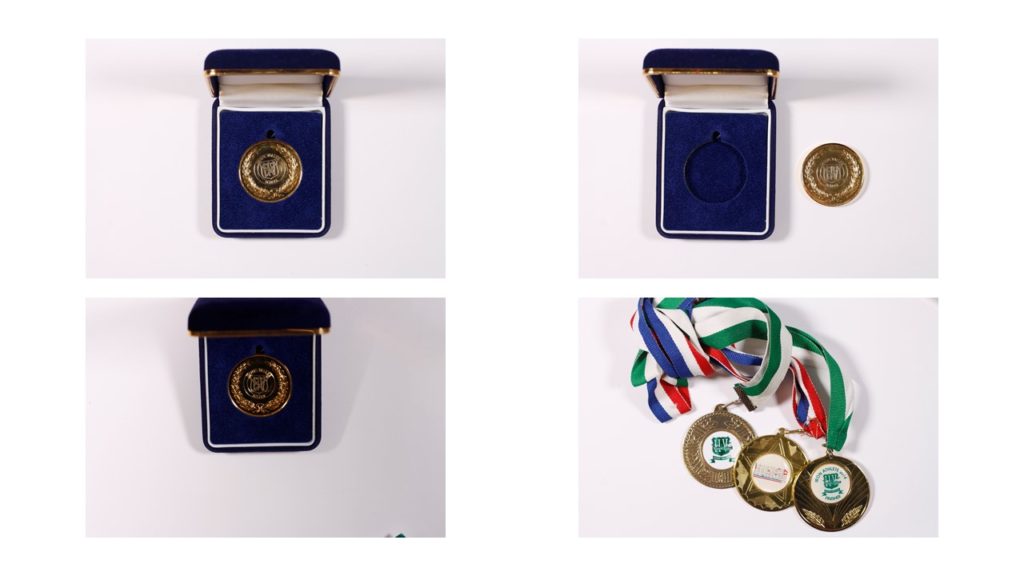



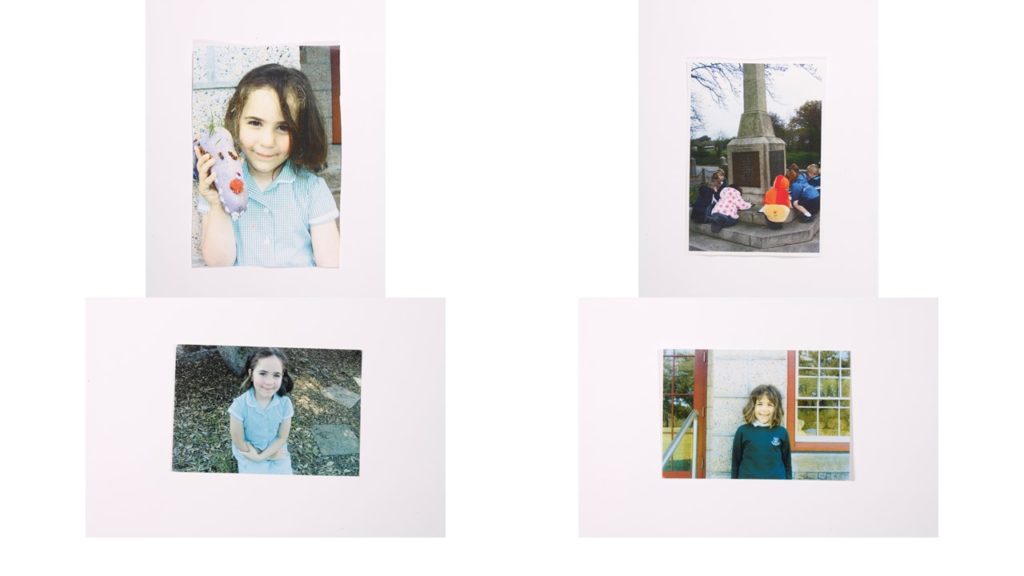






my essay question : in what way is identity and autobiography expressed in the work of cindy sherman and jen davis?
“I am trying to make other people recognize something of themselves rather than me.”
introduction – Both this essay and my creative project is all about documenting, whether it be how I feel about myself and how my chosen photographers, Jen Davis and Cindy Sherman, reflect on their own personal experiences, both emotional and physical. The essay is going to delve into how both the photographers explore their identity and autobiography in their photographic work. My creative project will include self-portraits, landscapes, portraits and objects, to hopefully portray things about myself and my life. Jen Davis work shows a journey of self-discovery and portrays her feelings toward her looks. Our subject matters don’t align specifically, but there are some similarities, such as we both have taken self-portraits that show how we feel about ourselves. Cindy Sherman’s work is mainly role play, challenging gender stereotypes ; she dresses up as different types of people and poses for the camera, with a nod to cinematic scene portrayal. This is a kind of tableau, with carefully chosen locations, backdrops and props. However in an article she does explain that she does sometimes see herself in her images.
paragraph one: The photographers that I am studying in detail, Jen Davis and Cindy Sherman, both explore identity and autobiography in their work, however they both use different genres of photography to do this. Cindy Sherman’s work relates to the post-modernism genre, as she doesn’t hide where she gets her inspiration for her work from but instead, she genuinely mocks it. All of her images have a ridiculing element to them, whether it maybe through her makeup, clothing or ridiculous props that are featured in her images. Her images literally poke fun at what society expects women to look like. The post-modernism genre was first seen in the 20th century, when architects criticised the style of the modernist architecture for being too formal, austere and functional. Post-modernist photographers, including Barbara Kruger, Corrine Day and Hannah Starkey, use their work to build on the themes and conceptual ideas that began during the modernist period. [include images from Barbara Kruger, Corrine Day and Hannah Starkey] A quote I found aligns directly with what Sherman wanted to do with her photography, “postmodern thinking led to a radical shift in the way that the body was presented and understood”, in the sense that her work has changed how viewers look at the female body. Jen Davis work relates to realism, even though her images are reconstructed, she hopes to document her own issues with her body and relationships and intimate fantasies with men.
Realism came about in the 1940’s and aimed to provide an accurate representation of the real world, real problems, real life. The images, relating to realism were made to look more like photographs than art and were a reaction to pictorialism. Artists that are known in the realism genre, are Paul Strand, Dorothea Lange and Jacob Riis. I found a quote that relates to Jen Davis photography work, “photographers have produced large bodies of work consisting of frank and intimate portraits and self-portraits that explore the gritty, bohemian lives of those around them and act as important documentation of the times they capture”, in the sense that the images that Jen Davis took over the span of 11 years investigated many aspects of her life, that wouldn’t have probably been explored without this project.
paragraph two – Jen Davis investigates identity and autobiography in her photographic project, Eleven Years, where she produced a large amount of beautiful self-portraits, using natural light and strong compositions, over the span of 11 years. In the project Davis images portray the ideas beauty, sense of identity and her struggles with her body image. In an article on [insert name] Jen Davis describes the idea of ‘Eleven Years’ was to ” invite the viewer into the past eleven years of my private life, exploring the vulnerabilities… body, feelings of isolation, the battle to recognise beauty, a quest for intimacy, and sense of acceptance through the camera’s eye”. To me ‘Eleven Years’ does just that, it does allow the viewer to understand who Jen Davis really is, what she internally struggles with, and tells a story of her journey of change. As you flick through the photo book that she produced, her story starts to unravel before your eyes and it is clear that the person in the photo in the first image is not the same in the last image, but a different, more established version of Jen Davis. Davis cleverly describes how she personally feels about beauty and what she has captured within her images, “I couldn’t necessarily identify with the idea of someone seeing me as ‘beautiful,’ but I could accept that the pictures that I created and inhabited were.” [insert where I found this quote from] Essentially what Davis feels is that she cannot be beautiful but the images that she took were, is that because she could carefully compose them and enhance things that real life shows? Or was it because she felt she could truly be herself in front of camera? Why didn’t she feel beautiful? [insert picture] This image is may relate to the way Davis feels about herself and lack of self-confidence. The light in this image is natural, which seeps through a gap and allows some light to shine on the face, illuminating the features. This aspect is truly beautiful and idyllic. Jen Davis employs compositional and lighting techniques that are reminiscent of The Dutch Masters. The Dutch Masters used and painted light in a very clever way, by featuring windows in their paintings. By adding these elements they illuminated the main element of the image. Jen Davis has done this multiple times throughout her book, projecting light onto herself. Did she do this to illuminate other things? To illuminate how the way she feels about herself contrasts with the way society views her. A question that is created by this image is one of, what is she thinking about? What is running through her mind during this image was being taken? Is she thinking about how she feels about herself? Is she reflecting on how she felt during a part of her life? This aspect is unknown to the viewer but is what makes the image so powerful. This aspect is under the interpretation of the viewer and the viewer only. During my creative process I have taken many self-portraits and struggled to look back at them. It’s an interesting and weird feeling seeing yourself as if you were one of your friends looking at you. The criticism I felt towards myself was shocking. In an article [add name], Jen Davis describes how she felt during her creative process, “It was like I was taking self-portraits,” she says, “except I wasn’t in them.”, it’s fascinating to think how Davis and myself feel so detached from the portraits of our own self, even though it is clearly us, as we know what we look like. Maybe it’s because we have our own perspective of ourselves and so does everyone else, but the self-portraits show us how we are seen in the world, reality. This quote from Davis creates the interesting question of does she lack identity? Or does she just lack the confidence to see herself within an image she took. Jen Davis work relates clearly to autobiography, not just because she tells her own story but because she investigates real and unconventional struggles of the life she lives.
paragraph three – Cindy Sherman cleverly investigates identity and autobiography in her work, which consists of hundreds of self-portraits where she dresses up in different outfits, puts strange make up and wears extravagant wigs, to alter her person to become a different one to portray different characters and story lines. These portrays explore identity and gender, and were made to intentionally mock how society expects women to dress, act and be. In the project, Complete Untitled Film Stills, where she created film-like stills by dressing up as different characters from mid-20th-century B movies and photographed herself in various locations. These images quickly became very popular and were used to spark up conversations on feminism, postmodernism and representation. In an article [insert name] Sherman described how she felt during her childhood. She was the youngest child and felt, in order to gain the attention of her family she would have to be different, and she achieved this by dressing up and changing her appearance. She made a clever statement in the article which I feel explains her intentions of all of her projects, “if you don’t like me this way, how do you like me this way?”. On the surface her images may not seem like they are about herself, but maybe if you look deeper, they are, maybe she enjoys changing her appearance, identity, herself entirely, even it is just for a photograph, for a split second. Is dressing up a part of an act of escapism for Sherman, but the question is what, what is she escaping? [insert image] The colours that are incorporated in this image are garish and bright, and don’t really complement each other, but clash. The background is almost over powering of the face within the image, was this the purpose? It brings about the question of what relevance does it have to the face that Sherman has portrayed. The lines within the background lead the viewers eye towards the face in the image. Overall, this image has a high level of composition. Who is Cindy Sherman trying to be here? Someone who likes to look pretty and glamorous? However, she seems to be mocking them, as the makeup is over the top and excessive. So, does she pretend to be different people to almost try and gain attention from people to make up for the lack of recognition from her family. During her childhood Sherman was obsessed with her appearance, and enjoyed to wear makeup, so does this image relate to her past self, and maybe she is mocking who she was? Her film stills were left untitled, and a critique to her work stated [insert name], “All the photos are untitled – another way of distancing herself from the images.” But why did she want to do this? Was it because secretly the images were about herself and did depict who she really was? In another article Sherman describes how she feels now about her own photographs, “I am a little more comfortable now in letting parts of myself show through.”, does this now mean that she is part of the photographs and they are intentionally about her, or still does she still have a detachment from them and herself within them. A quote from an article describes exactly how I feel about Shermans work, “through the use of their bodies, artists constantly question what it means to be human”.
conclusion – Although this project is solely inspired by Jen Davis and Cindy Sherman, I have explored some differences during the progression of my project. All of our work is based on identity ;who we are and who we are not, who we strive to be and our internal monologue/autobiography. However, my work has become very abstract and some of the images are centred around things I love. The work I have produced have abstract meanings and when some people look at what I done may not understand what I am trying to portray and to be honest some of the things don’t even really make sense to myself. Like what is life, what is love, what is rebellion? Where does love come from? Why do we rebel? How have I rebelled, or have even I rebelled at all? My work itself is an act of rebellion. By taking pictures of things of I shouldn’t and when I shouldn’t, I have essentially rebelled. My work is also an act of love. By taking pictures in order to learn more about myself, and to document things, places, feelings and people I love. The similarities between mine and Cindy Shermans work is that by taking self-portraits we have explored who we are, and use make up to explore ourselves. After an in-depth study of Cindy Shermans work it is apparent that her images are made to show different characters and not herself. The differences between mine and Cindy Shermans work is that she intends to change her identity by dressing up and looking different. Does she dress up as people she wants to be and regrets not being? Her whole project is solely self-portraits that portray and mock societies views on women and how they should look, act and what they should become. We have seen this in the earlier work of Claude Cahun too ; body image, gender roles and stereotypes are pushed and pulled around. The viewer is left to make concious decisions about what it is they are seeing. The similarities between mine and Jen Davis work is that by taking self-portraits we have explored the idea of beauty, both within ourselves and others, and learnt things about ourselves. The differences between mine and Jen Davis work is the solely took self-portraits and looked in detail into her fantasies and how she yearns for intimacy. Over the span of 11 years Davis explored the relationships she had had and included many of them in her work. Overall, the photographers that I have studied have inspired my creative processes but have also allowed myself to explore different ideas too.
In this folder here you can find texts to read in relation to a number of subjects and themes below. Some of these files are too large to upload to the blog here so go to the folder below.
M:\Departments\Photography\Students\NOSTALGIA\Contextual Studies\READING
Photography
Histories > Identities > Codes > Meaning
Barthes, R. (1984) Camera Lucida. London: Flamingo
Benjamin, W. (1936) ‘The Work of Art in an Age of Mechanical Reproduction’ in Hannah Arendt (ed) (1973) Illuminations. London: Fontana
Documentary
Realism > Representation > Ethics
A short PPT on Documentary Photography
Sontag, Susan (1977) ‘In Plato’s cave’ in On Photography. London: Penguin Books
Sontag, Susan (1977) ‘Through a Glass Darkly’ in On Photography. London: Penguin Books ch 2
Here some helpful resources on Sontag: On Photography from PhotoPedagogy
Rosler, Martha (1981) ‘In, around, and afterthoughts (on documentary photography)’ in Stallabras Julian (2013) Documentary. Cambridge (MA): The MIT Press.
Here is an introduction to John Tagg: A Burden of Representation (1998). Minnesota: University of Minnesota Press from PhotoPedagogy
Bate, David (2016) ‘The Art of the Document’ in Art Photography. London: Tate Gallerie
How documentary photography now is considered within a fine-art context
Max Pinckers Interview: On Speculative Documentary
How fact and fiction today in documentary photography is blurred
Solomon-Godeau, Abigail (1994), ‘Inside/ Out’ in Photography At The Dock: Essays on Photographic History, Institutions, and Practices. Minnesota: University of Minnesota Press
Here some helpful resources on ethical questions regarding the photographer’s position of being inside or outside from PhotoPedagogy
Photography and truth
Photography and Truth – see blog post with many resources.
Bright, Susan (2019) Is it Real? in Photography Decoded.
See more short essays here in Photography Decoded
Photojournalism: Truth, Representation, Propaganda, Aesthetics
Richard Billingham
Richard Billingham: Ray’s A Laugh – a photographer who worked on the inside documenting his parents life and relationship.
Documentary film: Fish Tank based on his book and parents relationship
Feature film: Ray & Liz
Interview in The Guardian and The Observer by Tim Adams (2019)
Larry Sultan
a Review in the Guardian Newspaper.
https://www.theguardian.com/books/2017/may/02/larry-sultan-pictures-from-home-review
Tableaux Photography
Pictorialism > Narrative > Cinema
A short PPT on Tableaux Photography
Bate, David (2016) ‘Pictorual Turn’ in Art Photography. London: Tate Galleries.
How Tableaux has been influenced by Pictorialism
Aesthetic Theory
Beauty > Sublimity > Judgement
Read Greek philosopher Plato’s thesis on Beauty
https://plato.stanford.edu/entries/beauty/
https://plato.stanford.edu/entries/plato-aesthetics/
Snapshot Photography
Vernacular photography
Photography and Feminism
Gender Studies > Male/Female Gaze > Self-portraiture
Mulvey, Laura (1973) ‘Visual Pleasure and Narrative Cinema’ in Screen (1975)
Judith Butler is an academic and writer who is an authority on feminism and gender studies, incl queer theory. Her seminal book is: Gender Trouble which we do have a copy of in the Library LRC and in Media. Here is a good overview of her work – make sure you read it all and watch video as well.
Kotz, L. (1998) ‘”Aesthetics” of Intimacy’ in Bright, D. (1998) The Passionate Camera: Photography and bodies of desire. London: Routledge
Healy, C. M. (2023) Girlhood, London: Tate Enterprises Ltd.
Rudd, N. (2021), The Self-Portrait. London: Thames & Hudson.
– too large a file to be uploaded to blog – find text here:
M:\Radio\Departments\Photography\Students\NOSTALGIA\Contextual Studies\READING
Photography and Portraiture
Robert Mapplethorpe: The Male Gaze – in pictures. The Guardian
Amelia Jones The “Eternal Return”: Self-Portrait Photography as Technology of Embodiment
Cindy Sherman
Paoli, J. Deconstruction Woman: The works of Cindy Sherman
Cain, Abigail, A Brief History of Cindy Sherman and Feminism
Owen, Samantha Rosemary (2014) Gender and Vision Through the Lens of Cindy Sherman and the Pictures Generation. University of Vermont
Lots of interviews and video and with Cindy Sherman on MOMA
Have a look at Shannon’s O’Donnells work here and when she was an A-level student?
Francesca Woodman
Townsend, C. (2006) Francesca Woodman: Scattered in Space and Time. London: Phaidon Press Limited.
– too large a file to be uploaded to blog – find text here:
M:\Radio\Departments\Photography\Students\NOSTALGIA\Contextual Studies\READING
Online texts
https://lareviewofbooks.org/article/an-hourglass-figure-on-photographer-francesca-woodman/
Thematic Essay about Francesca Woodman
Have a look at an essay and research by previous student, Francesca Hogan
Jo Spence and Photo-therapy
Dennett, Terry (2008): Jo Spence’s camera therapy: personal therapeutic photography as a response to adversity
Heath, Charlene (2017). Work, Politics, Survival, British Journal of Photography
Weiser, Judy (2005) Remembering Jo Spence: A Brief Personal and Professional Memoir… PhotoTherapy Centre
Jansen, Charlotte (2020) Is Photography An Effective Form of Therapy? Elephant
Dennett, T. (2013). ‘Jo Spence’s Family Album’ in Family Politics, Issue 20. Brighton: Photoworks
Photography and Surrealism – influence of Freudian psychoanalysis
Bull, S. (2009) Photography. London: Routledge
Surrealism Art Movement: A Window into the Mind
Surrealism and Psychoanalysis – Smarthistory
One photographer’s surrealist impression of mental illness
Photography and Memory
Kuhn, ‘A. Remembrance: The Child I Never Was’ in Wells L. (ed) (2003) The Photography Reader. London: Routledge
Here are a few articles and photobooks on Photography and its relationship with memory. You should read them and references them in your essay.
Colberg, J (May 28, 2012) Photography and Memory
blogger on Conscientious
Frames of Mind: Photography, Memory and Identity
by Anwandter, Patricia Marcella
In Frames of Mind, I have sought to explore the themes concerning the dynamic construction of memory. What do we choose to remember and how do we reinforce it? Who are we in relationship to who we were? Working with a collection of over five hundred images accumulated throughout my life, I have reinvestigated the images and their interrelationship with one another
A Matter of Memory: Photographs as Objects in the Digital Age
An exhibition at George Eastman House
A review on British Journal of Photography
Barthes, R (1982) Camera Lucida, London: Jonathan Cape
Overview of Barthes book Camera Lucida in Photo Pedagogy
The first half of this article talks about Barthes theory of a studium and punctum. The latter part about a photograph of his dead mother which allows him to think about memory.
Commentary on Barthes book
Rereading: Camera Lucida by Roland Barthes
Article by Brian Dillon in the Guardian, 26 March 2011
Grieving for his mother, Roland Barthes looked for her in old photos – and wrote a curious, moving book that became one of the most influential studies of photography
DEATH IN THE PHOTOGRAPH – critical article in response to Roland Barthes seminal book ‘Camera Lucida’ reflecting on photography.
Photography and Narrative
Family / childhood Photography
Kuhn, A. ‘Remembrance: The Child I Never Was’ in Wells, L. (ed) (2003) The Photography Reader. London: Routledge
Hirsch, Marianne, Family Frames: Photography, Narrative and Postmemory. Cambridge, Massachusetts: Harvard University Press. Read Introduction: Family Frames
Howarth, S. (2016) ‘Is My Family Normal?’ in Family Photography Now. London: Thames & Hudson.
McLaren, S. (2016), ‘Thanks for Sharing!’, in Family Photography Now. London: Thames & Hudson
Williams, V. (2013). ‘Who’s Looking at the Family, Now’ in Family Politics, Issue 20. Brighton: Photoworks.
All three texts above are too large a file to be uploaded to blog – find text here: M:\Radio\Departments\Photography\Students\NOSTALGIA\Contextual Studies\READING
Jim Goldberg
A Completely True Work of Fiction: Jim Goldberg’s Raised By Wolves (Magnum website)
Fingerprint: Tracing the Roots of Jim Goldberg’s Raised by Wolves (Magnum website)
Photography and Archives / Narratives / Memory
Landscape
Romanticism/ Sublime > Modernism/beauty >
Post-modernism/ New Topographics
Colin Pantall Landscape, Power and Climate Change
Landscape as Photograph and Photograph as Landscape: The New Topographies
Author(s): SHELLEY ARMITAGE
Source: Southwest Review , AUTUMN 1989, Vol. 74, No. 4 (AUTUMN 1989), pp. 422-465
Adams, R (1996), Beauty in Photography, New York: Aperture
Read chapter one of same name
J. M. W. Turner’s painting: Snow Storm Steam Boat of Harbour’s Mouth https://www.tate.org.uk/art/artworks/turner-snow-storm-steam-boat-off-a-harbours-mouth-n00530
https://www.tate.org.uk/art/art-terms/s/sublime
Youtube on Burke/ Sublime:
https://youtu.be/BvzG_p_sdOQ
This article picks out key elements of Burke’s theory of the Sublime and also includes an analysis of painting by Casper David Friedrich: https://natureofwriting.com/courses/literary-theory-1/lessons/edmund-burke/topic/the-sublime/
Photography and Typology
Bernd & Hilla Becher > studies of types
Typlogies: Bernd & Hilla Becher – part 1
Typlogies: Bernd & Hilla Becher – part 2
August Sander: National Portrait Gallery
Find files here: M:\Radio\Departments\Photography\Students\NOSTALGIA\Contextual Studies\READING\Typology
August Sander: Face of Our Time
Photography and anthropology
enhtnography > colonialism
Ethnography and Photography: What Kind of Collaborations for What Kind of Communications?
Bull, S (2009), ‘Classification by Observation: Anthropology and Colonialism’ in Photography. London: Routledge
Edwards, E. (1992), Anthropology & Photography 1860-1920. New Haven and London: Yale University Press.
Warner Marien, M. (2006), ‘Photography and the Social Sciences’ in Photography: A Cultural History. London: Lawrence King Publishing
Sealy, M. (2019), Docolonising the Camera: Photography in Racial Time. Chawell Heath: Lawrence and Wishart Ltd.
Find all three texts above here: M:\Radio\Departments\Photography\Students\ISLANDNESS\Contextual Studies\reading
Photography and speed
> early movement in photography
Making Modernism: Muybridge and Marey, Photoworks
Marey and Chronophotography
https://www.artforum.com/print/197607/marey-and-chronophotography-37960
Landscape in Motion: Muybridge and the Origins of Chronophotography Author(s): Dimitrios Latsis
Source: Film History , Vol. 27, No. 3 (2015), pp. 1-40
Published by: Indiana University Press
https://www.jstor.org/stable/10.2979/filmhistory.27.3.1
Frizot, M (1998), A New History of Photography. Cologne: Könemann. Read Ch 14: Speed of Photography
Warner Marien, M. (2002) Photography: A Cultural History. London: Lawrence King. Read chapter Science and Photography: The photography and Movement (pg 212-217)
MODERNISM
Time period: 18th century – 1950s
Key characteristics/ conventions : Modernism was a broad movement encompassing all the avant-garde isms of the first half of the 20th century. Although different modern-isms were often incompatible (and occasionally antagonistic) they all rejected the dominance of older movements such as Classicism, Naturalism, and Academicism in favour of new experimental ways of producing art. Early modernity is characterised intellectually by a belief that science could save the world and that, through reason, a foundation of universal truths could be established. The common trend was to seek answers to fundamental questions about the nature of art and human experience. Modernity imbue all aspects of society and are apparent in its cultural forms including fiction, architecture, painting, popular culture, photography. the age of enlightenment late 18th century, moving away from religious beliefs and god and moving into the more scientific aspects of things. This included a range of ideas centred on the sovereignty of reason and the evidence of the senses as the primary sources of knowledge and advanced ideals such as liberty, progress, toleration, fraternity, constitutional government and separation of church and state. the perfectibility of human nature. by the 19th century the enlightenment was reaffirmed by artists . to examine the impediments that were holing humanity back. free humanity from historical baggage. Modernism makes references to things inside the art work itself e.g. form, composition, medium, material, skills, techniques, process. When looking into the aspects if art, modernism holds a belief in the individual genius of the artist, a desire for originality, a thirst fro the new, and reverence for the precious and a unique art object. Modernism is concerned with object rather than subject and form rather than content, creator rather than spectator.
Of all the artists working in Paris in the 20th century, Giacometti was the great enthusiast of plaster. He worked away at it with his knife, often subjecting it to so much pressure that it finally crumbled away, forming the rubbish observed by Genet. When he was happy with it, he painted it. The original Women of Venice exhibited at the Venice Biennale in 1956 were plaster figures with black and brown lines etched on to their faces and bodies, making them resemble the women in his paintings.
Now the Giacometti Foundation in Paris has found new methods of restoring his plaster sculptures, many of which were damaged by being broken apart and covered in orange shellac to be cast in bronze. The Women of Venice, whose painted surfaces have been revealed, can once again be exhibited as they were at the Biennale, rather than as bronzes. And they will make their first appearance at a major retrospective opening at Tate Modern in London next month. This will be Giacometti’s first Tate show since a retrospective in 1965, when the sculptor worked away in a basement, perfecting the works that he was never quite prepared to declare finished. It will be his first major exhibition in London for a decade.
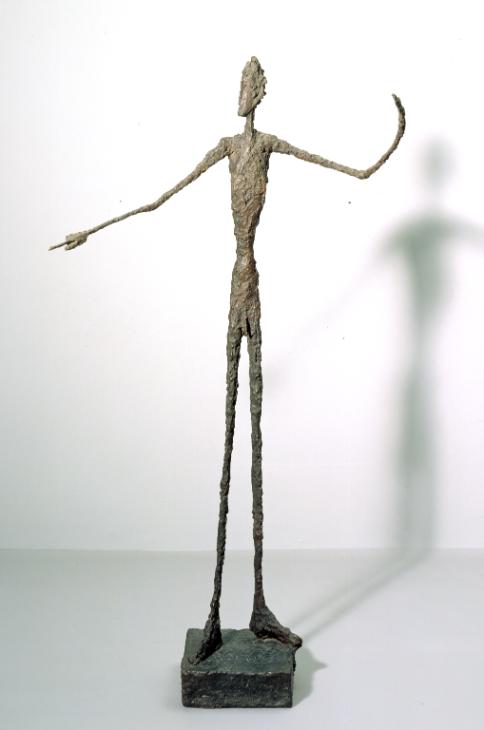



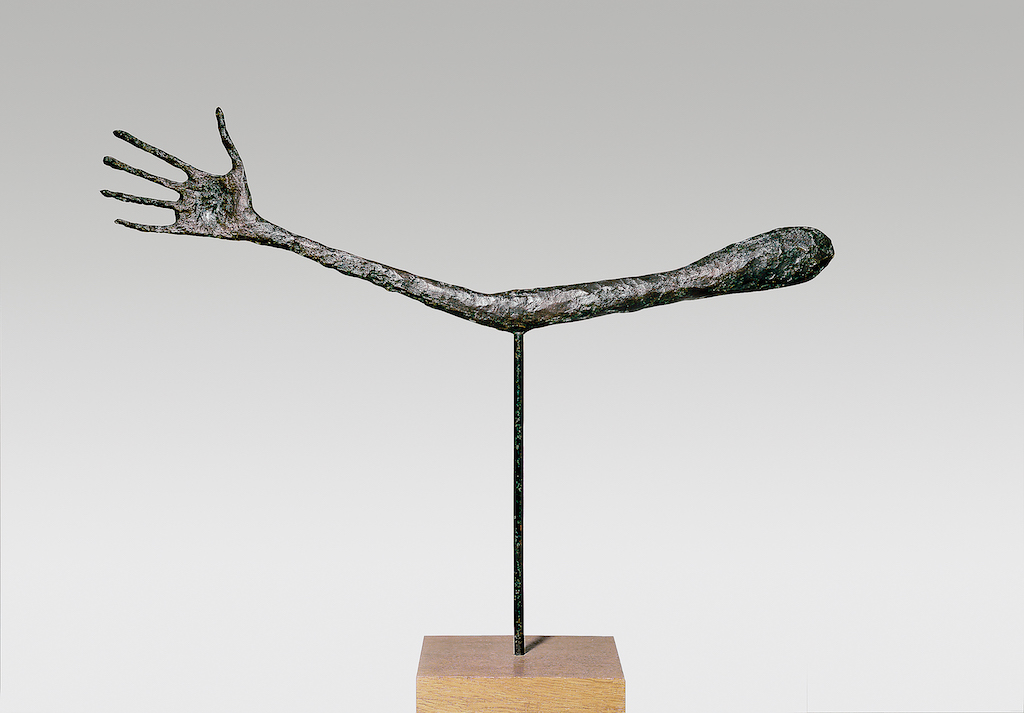


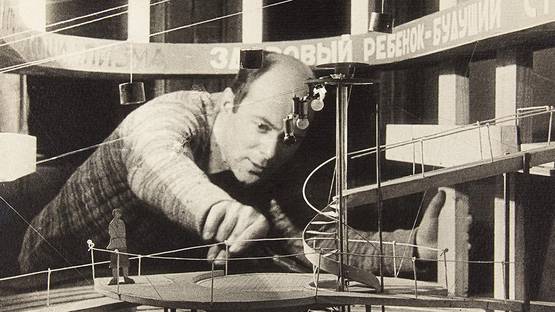


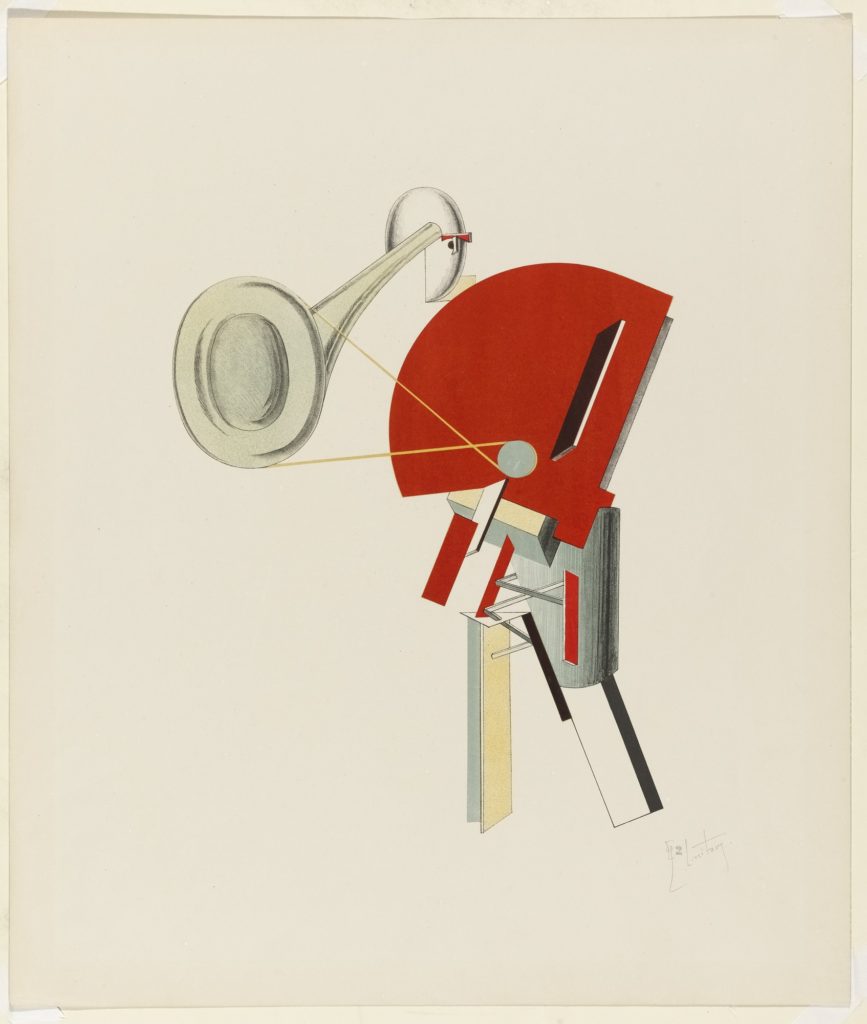
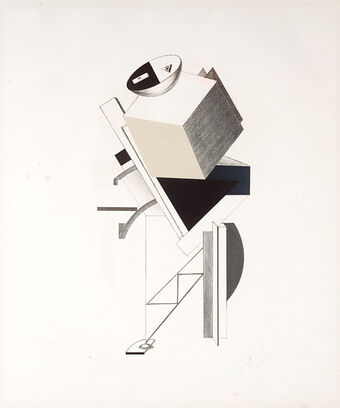

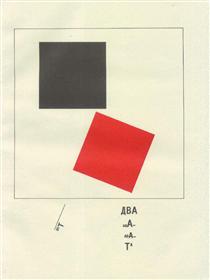

In 1947 Jackson Pollock arrived at a new mode of working that brought him to his fame. His method consisted of flinging and dripping thinned enamel paint onto an unstretched canvas laid on the floor of his studio. This direct, physical engagement with his materials welcomed gravity, velocity, and improvisation into the artistic process, and allowed line and color to stand alone, functioning entirely independently of form. His works, which came to be known as “drip paintings,” present less a picture than a record of the fluid properties of paint itself.
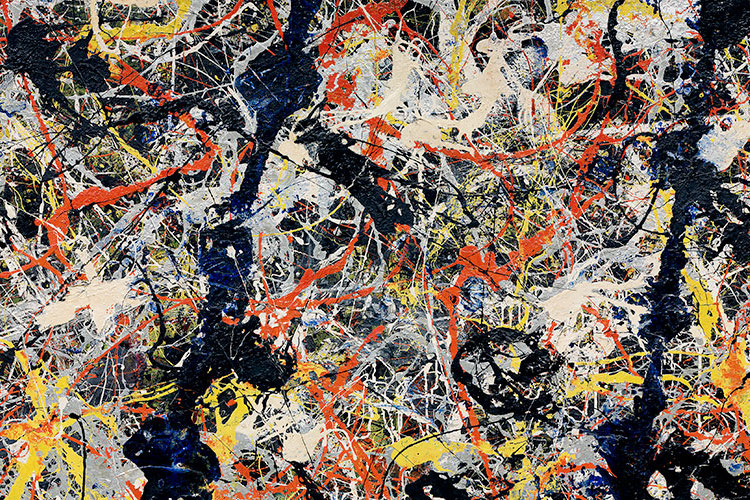
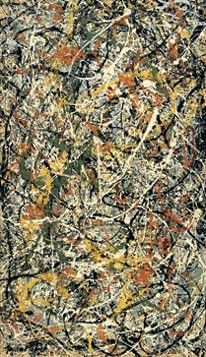
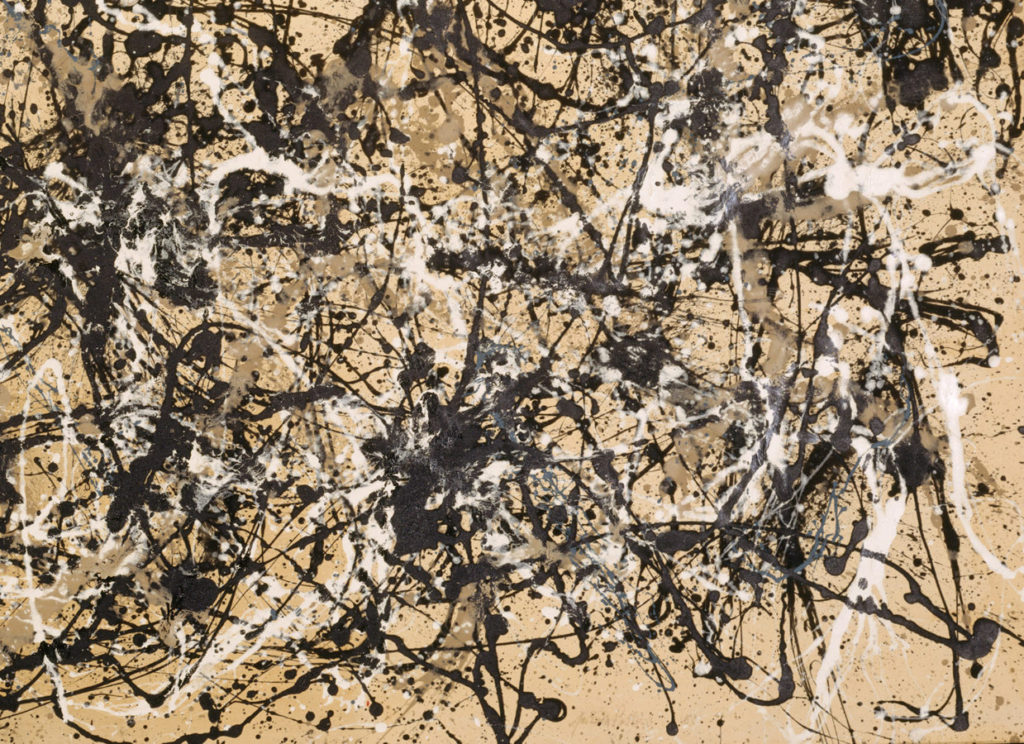

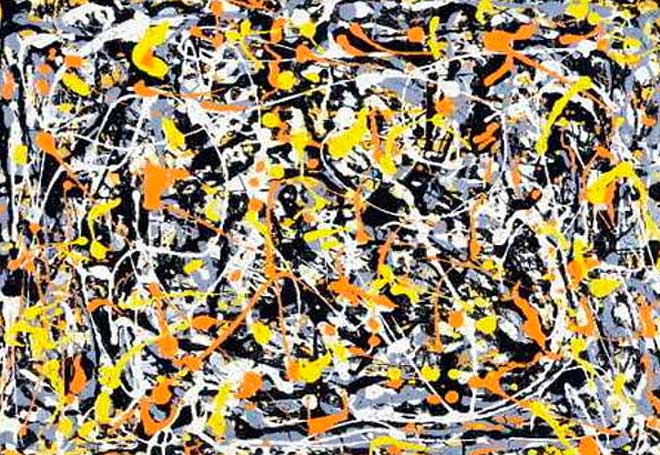
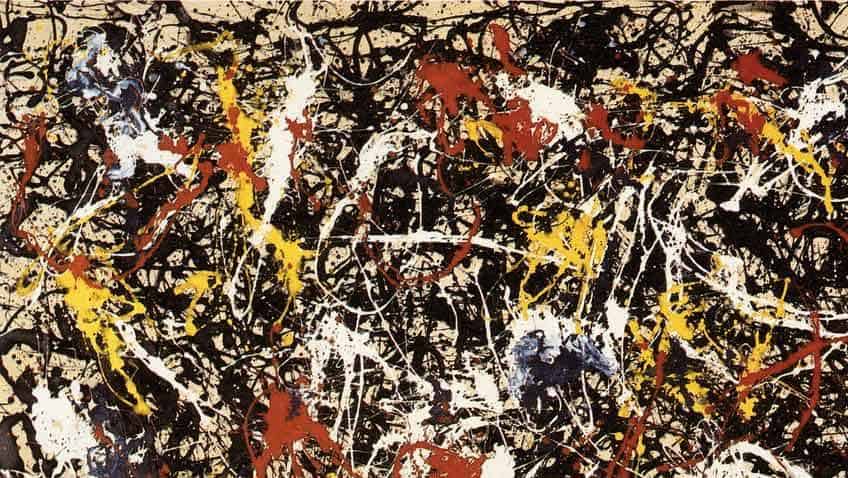
This movement was a reaction from ww2 and pop art started to emerge by taking inspiration from mass media.Postmodernism makes references to things outside theart work…e.g. political, cultural, social, historical,psychological issues. It favours the context of a work including examining subject and the reception of the work by its audience. Work from this time period are aware of and make reference to the previously hidden agendas of the art market and its relation to art museums, dealers and critics. Postmodern work often uses different approaches in theconstruction of the work such as…eclecticism,intertextuality, collaboration, pastiche, parody, recycling, reconfiguration, bricolage
People’s opinions are torn over whether Pop Art is genius and a creative new idea for the postmodern age, or whether it is a load of rubbish. Others believe that pop art is worth way more that it is worth to look at. Pop art is post modern as it has created a new version of art which is original and new, as well as combining both high art with low art. Andy Warhol’s art work is post modern as it uses bricolage to combine both images and writing within artwork.
Andy Warhol’s most famous pieces are Marilyn Monroe screenprints, deteriating throughout the continueing images in many rows of the piece, as many of Warhol’s work is collages of layers of images. This shows the destruction and breakdown of Marilyn Monroe as her fame and publicity increased. Andy Warhol’s work concentrates on the idea and concept behind his work, rather than the realism which had been dominant in years before Warhol’s work became famous. Where art work is only considered as ‘good art’ when based on a realistic scene. As Warhol was one of the first pop artists to occure, people were shocked yet intrigued at this new upcoming style of art. Andy Warhol blurs the lines between high art and popular culture, as his pop art has both the combination of images and writing, which was new and original at the time. Another key piece within his portfolio is his ‘Campbell’s tin soups as shown below.
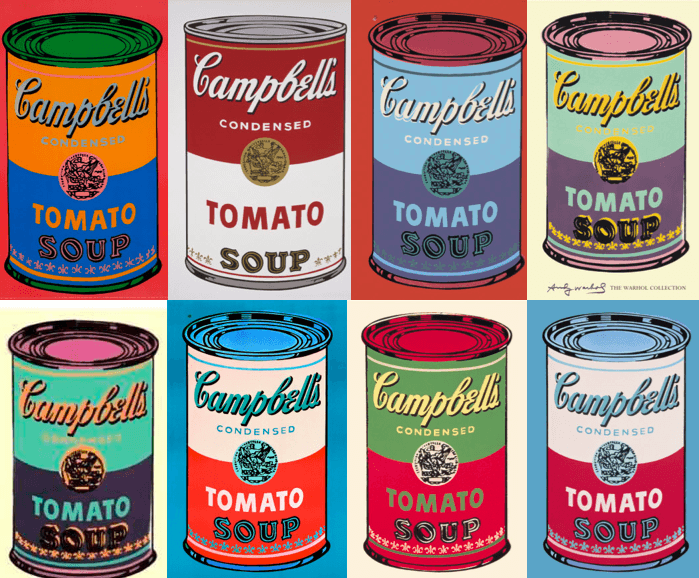
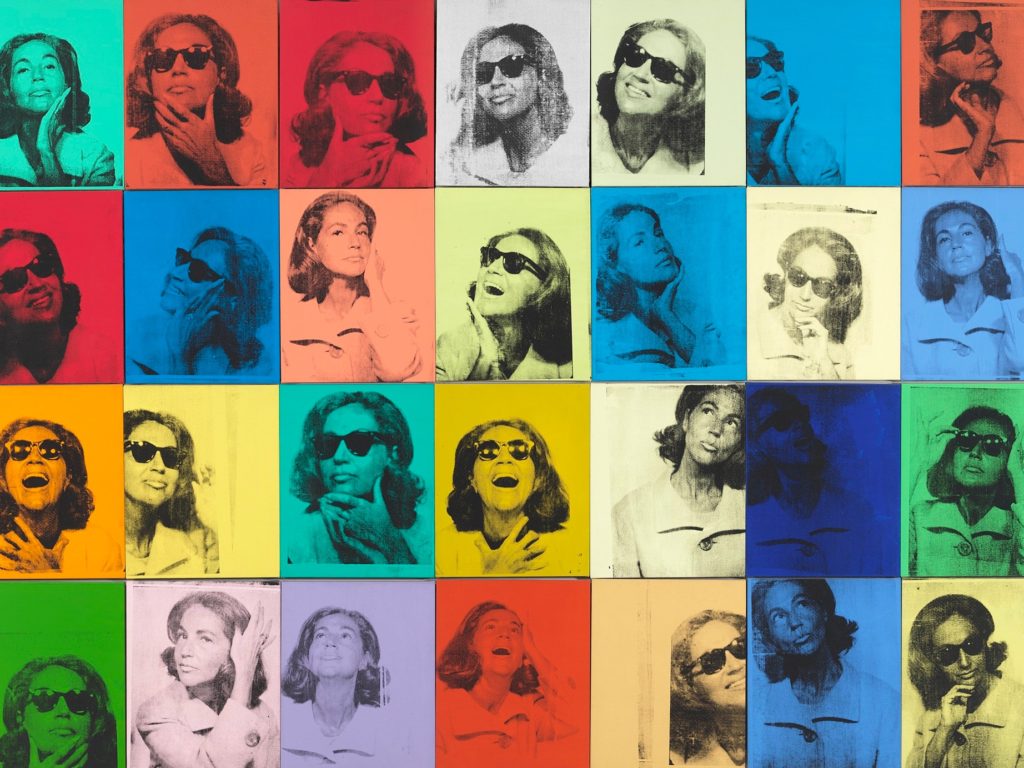

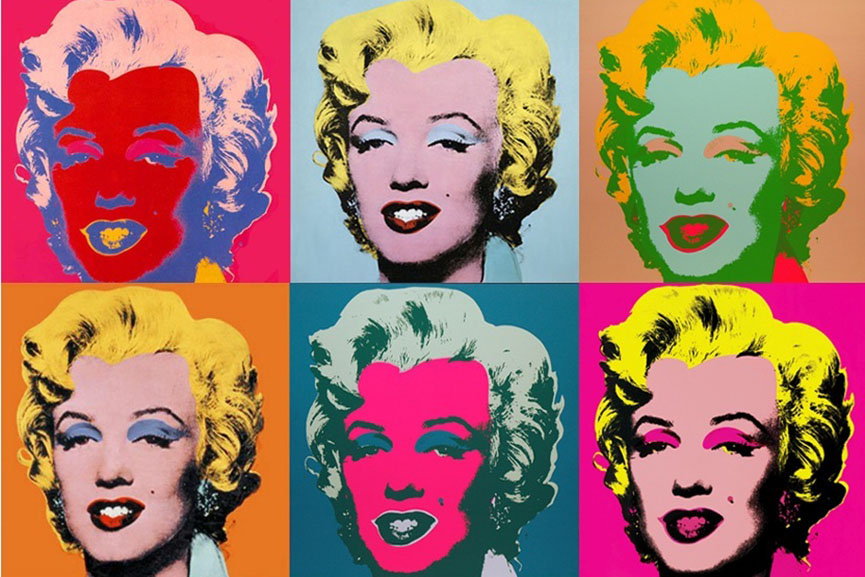
“Tableaux is used to describe a painting or photograph in which characters are arranged for picturesque or dramatic effect and appear absorbed and completely unaware of the existence of the viewer. ” – Sarah Jones
Tableaux vivant is French and stands for ‘living picture’, and is a story telling scene containing one or more actors or models. Tableaux photographs are a style of staged photography in which a pictorial narrative is conveyed through a single image or a series of images that makes references to fables, fairytales, myths, unreal and real events from a variety of sources such as paintings, film, theatre, literature and popular media. The models in the photographs are usually told to be: stationary and silent, usually in costume, posing in a certain way, with props and scenery, the setting may also be lit in a certain way in order to make the photo and scene look more dramatic. In order to take good tableaux photography it works well to combine both theatre and the visual arts.French philosopher, Denis Diderot was the first to use ‘Tableau Vivant’ in the eighteenth century to describe paintings with a certain type of composition. Tableau paintings had the effect of walling off the observer from the drama taking place, as well as that they were natural and realistic. In his desire to make paintings that were realistic rather than idealised, Édouard Manet, a French modernist painter, decisively rejected the idea of tableau as suggested by Diderot in the 1860s, but the concept of tableau reached a crisis due to this. He painted his characters facing the viewer with a new vehemence that challenged the beholder. In the 1970s, a group of aspiring young artists such as Jeff Wall and Andreas Gursky began to make large format photographs that resembled paintings, that were designed to hang on a wall. As a result these photographers were obliged to take on the very same issues revealing the continued importance of tableau in contemporary art.







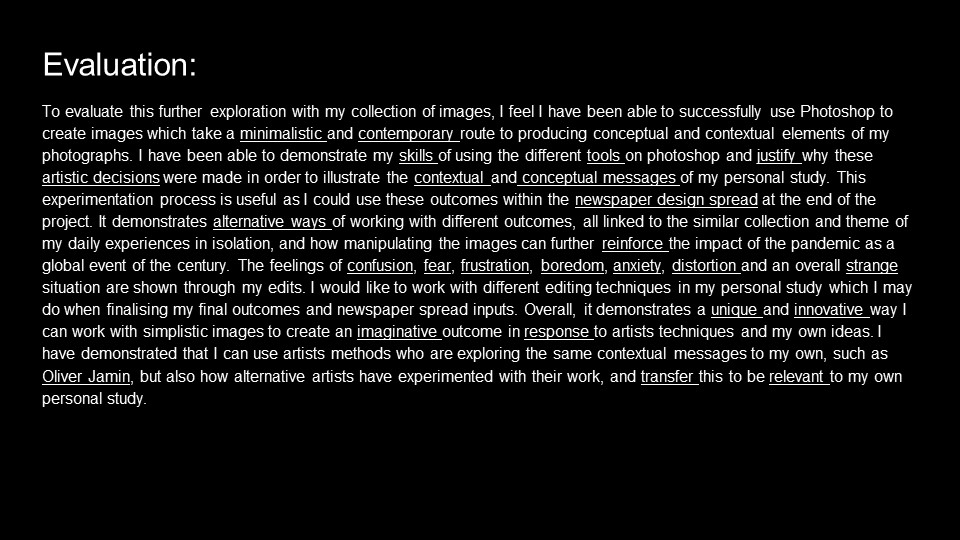


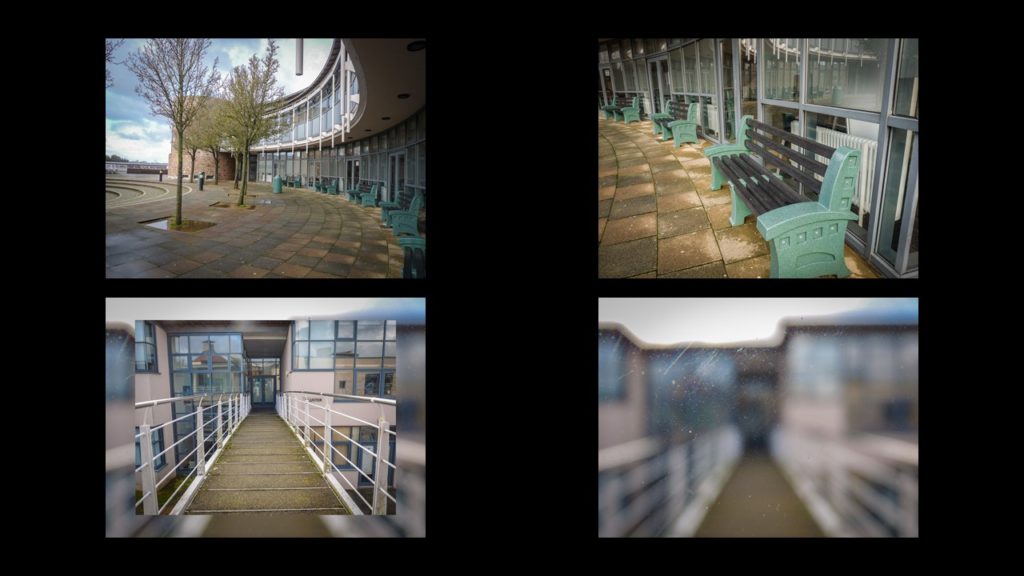



after some reflection, I have decided that I would like some of my images to be black and white. below are some of the images that I have made b&w for my photobook.
Key characteristics/ conventions : Pictorialism as a movement thrived from about 1885 to 1915, although it was still being promoted by some as late as the 1940s. It began in response to claims that a photograph was nothing more than a simple record of reality, and transformed into an international movement to advance the status of all photography as a true art form. For more than three decades painters, photographers and art critics debated opposing artistic philosophies, ultimately culminating in the acquisition of photographs by several major art museums. Photographers wanted to be noticed as artists rather than photographers as many people at the time didn’t see photography as an art form, they saw it more as controlling a machine by simply pushing a button. The pictorialists smeared vaseline on the lens of the camera and stretched photographs made to look like art, meant to have darkness and sketchiness.
Key works: Pre-Raphaelite Brotherhood, allegorical paintings, paolo veronese 1558
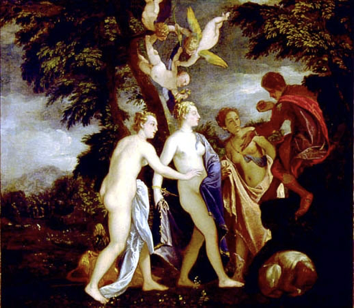
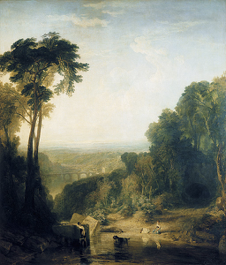
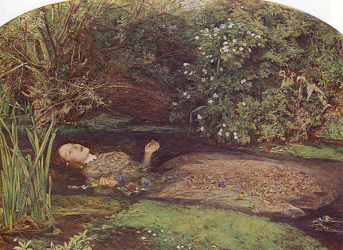
Drawing upon her personal experiences as inspiration, Sally Mann creates a haunting series of photographs that speaks about the one subject that affects us all, the loss of life. Dark, beautiful and revelatory, What Remains, created in 2004 is a five-part meditation on mortality, explores the ineffable divide between body and soul, life and death, spirit and earth. This body of work consist of landscape, pictures of decomposing bodies and portraits of her children.

Mann is an American photographer known for her black-and-white portraits of her family and documentation of the landscape of the American South. Since the 1970s, she produced a series of photographic portraits, landscapes, and still life’s and is best known for her intimate portraits of her family, including her three young children and husband. Similarly to David Hamilton, Mann has caused controversy with her nude photographs causing repeated outcries and calls for censorship. The complexity of her photographs, including her most famous series Immediate Family (1984–1994), which depicts her three children, who were then all under the age of 10, explores the time between childhood and adolescence. “As ephemeral as our footprints were in the sand along the river, so also were those moments of childhood caught in the photographs,” she reflected.
“And so will be our family itself, our marriage, the children who enriched it and the love that has carried us through so much. All this will be gone. What we hope will remain are these pictures, telling our brief story.”
Sally Turner Munger on May 1, 1951 in Lexington, VA, she received her BA and later her MA from Hollins College in Virginia before working as an architectural photographer for Washington and Lee University during the mid-1970s.Throughout the following decade, the artist’s career grew as she began producing books of photography, including At Twelve: Portraits of Young Women (1988), which captures developing identities of 12-year-old-girls from her hometown and includes her notable work, Candy Cigarette (1989). From 1999 until his death in 2011, Mann photographed Cy Twombly’s studio in her hometown of Lexington, VA. Using large-format cameras to capture fine details, Mann’s images appear antique due to her interest in early photographic technology, as well as revisiting the 19th-century process of wet collodion. Her work can be found in the collections of The Museum of Modern Art in New York, the Art Institute of Chicago, the National Gallery of Art in Washington., and the Los Angeles County Museum of Art. Mann currently lives and works in Lexington, VA.
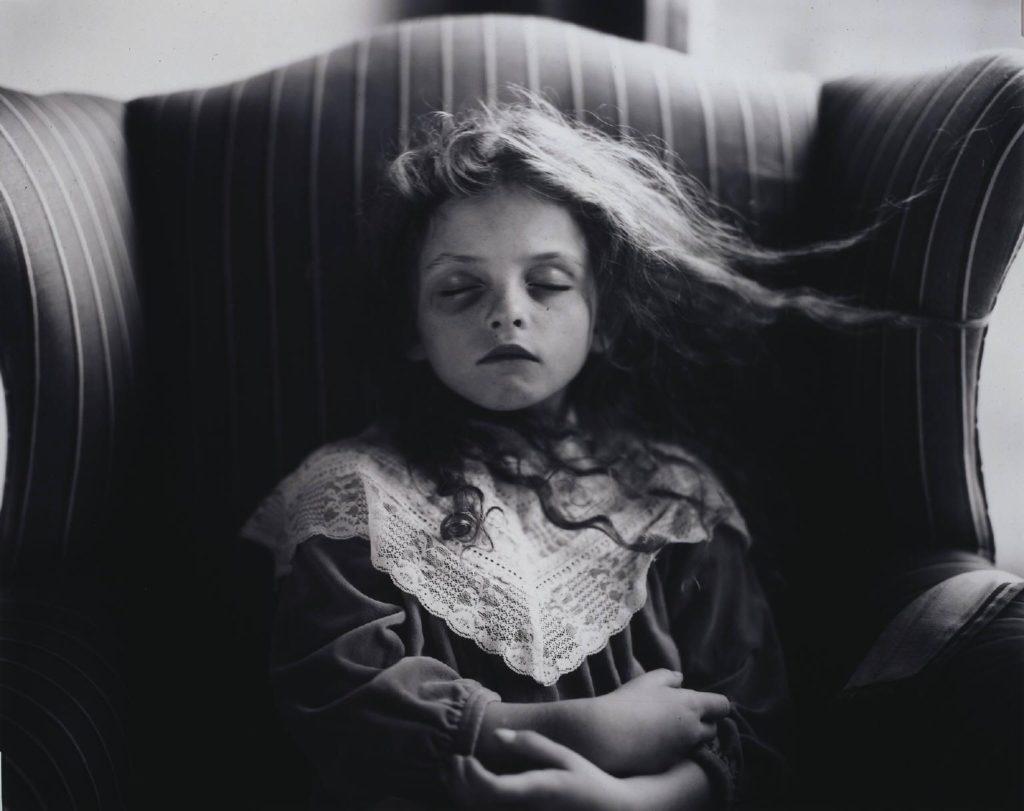
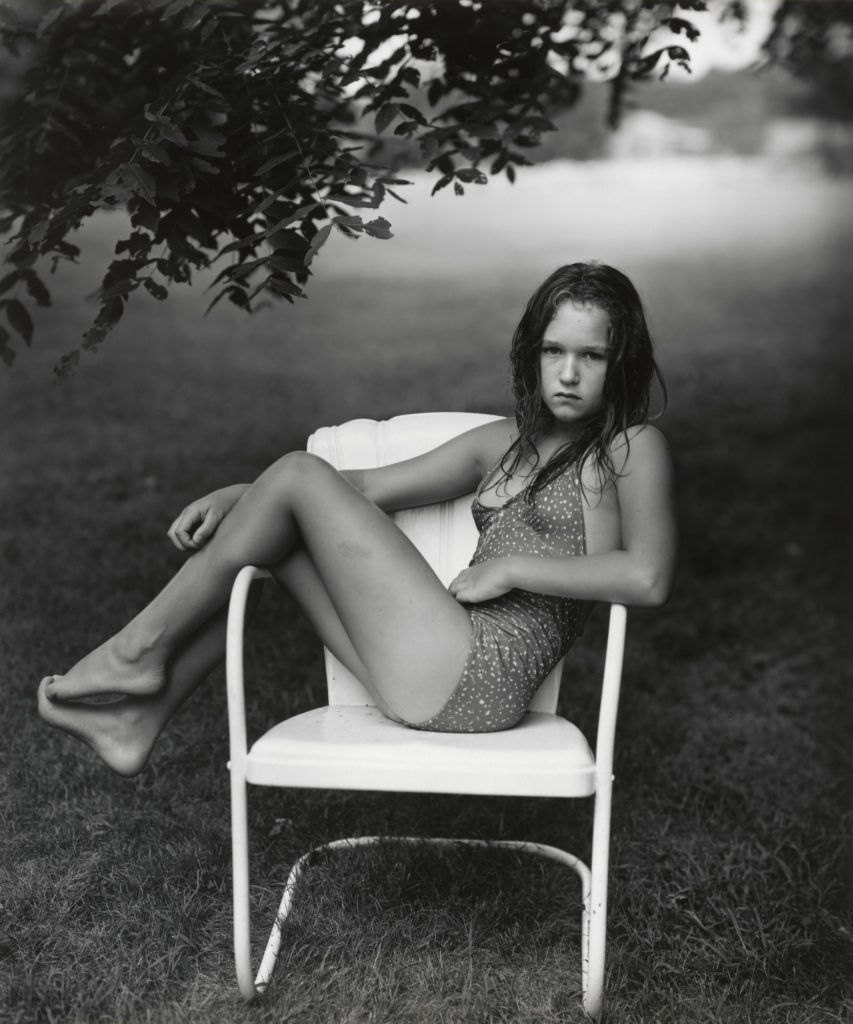
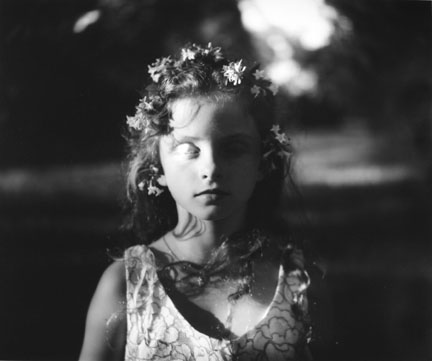
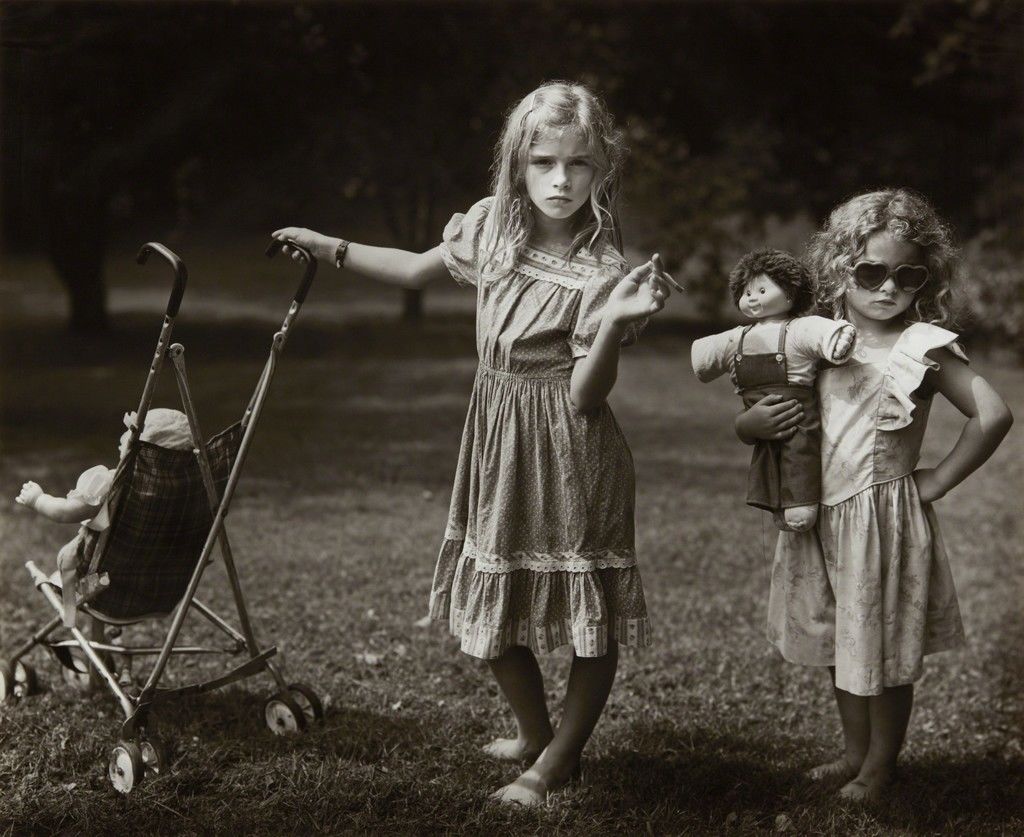
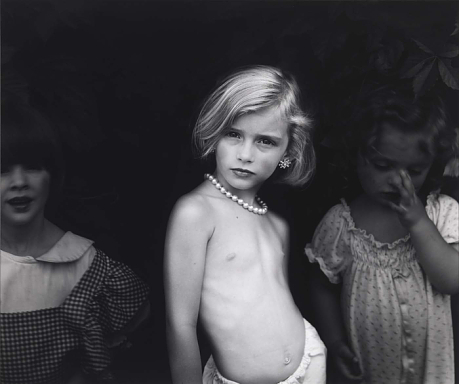

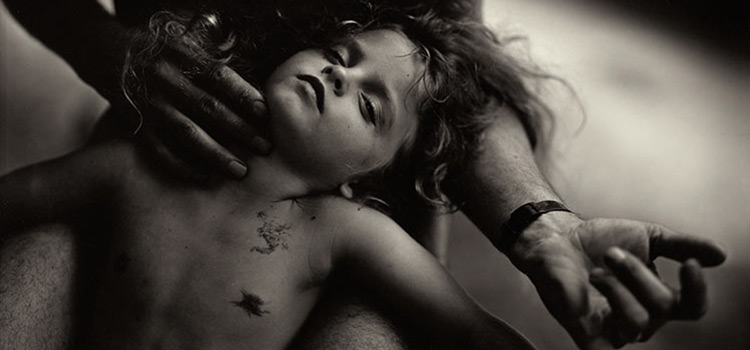

Julia Margaret Cameron was a British photographer who is considered one of the most important portraitists of the 19th century. She is known for her soft-focus close-ups of famous Victorian men and for illustrative images depicting characters from mythology, Christianity, and literature. Cameron’s photographs were unconventional in their intimacy and their particular visual habit of created blur through both long exposures, where the subject moved and by leaving the lens intentionally out of focus. Cameron is also known for known today for her moving and sensitive portraits of eminent Victorians. A paramount example is her 1867 photograph of Sir John F. W. Herschel, in which the scientist, mathematician, and photographic experimenter looks directly at the camera, emerging from the shadows with the tousled hair and deep facial lines of a man devoted to the intellectual life. Her soft-focus style, ridiculed by many critics and photographers of the period who were devoted to sharp precision in photography, gives Herschel a timeless quality and emphasizes the essence of the man instead of transitory details. About such sittings, Cameron wrote, “When I have had such men before my camera my whole soul has endeavored to do its duty towards them in recording faithfully the greatness of the inner as well as the features of the outer man. The photograph thus taken has been almost the embodiment of a prayer.”

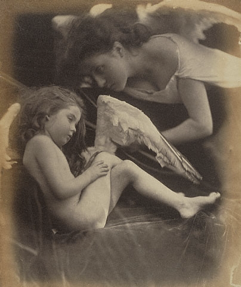
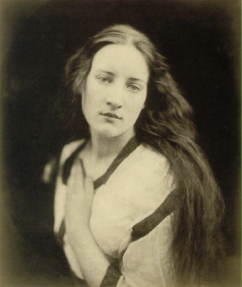

Methods/ techniques/ processes:
Gum Bichromate: made by coating the paper in gum arabic, potassium bichromate, and one of the artist’s chosen pigments, then leaving it to develop in the light; this was one of pictorialists’ favourite techniques
Platinum Print: this is a two step process where the photographer starts by exposing paper sensitised with iron salts to a negative, then chemically developing it and replacing the iron salts with platinum, allowing for a wide range of tones
Cyanotype: had outcomes where deep blue tones, they did this by covering the photographic paper with light-sensitive iron salts.
Carbon Print: this is made by coating tissue paper with potassium bichromate, carbon black pigment, and gelatine; provides great detail and so became one of the most commercially-available development methods.
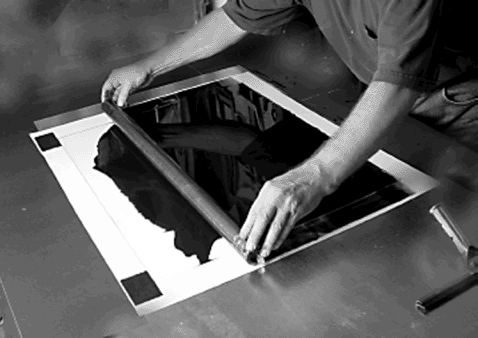

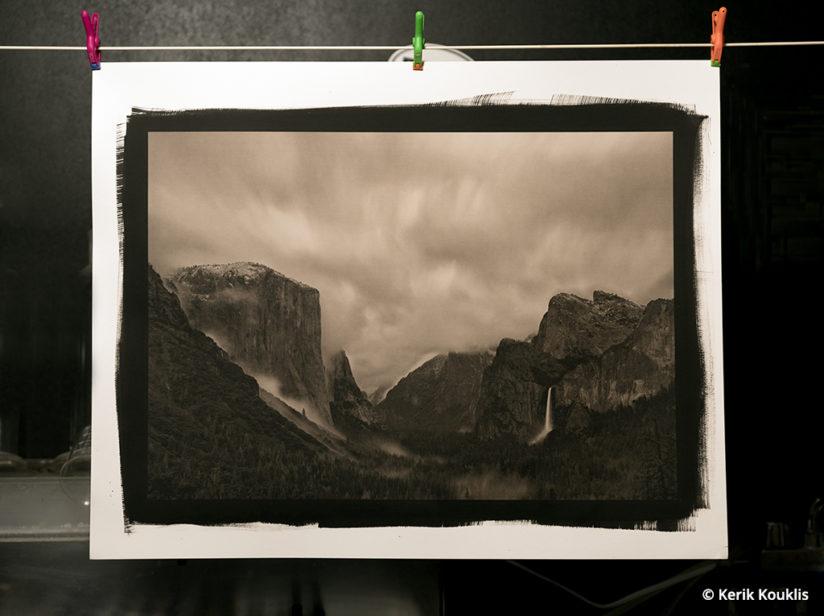
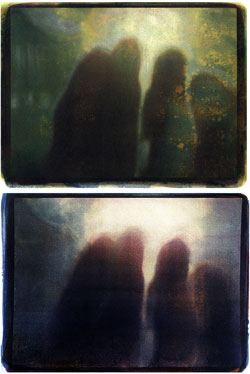
Pure photography or straight photography refers to photography that attempts to depict a scene as realistically and objectively as permitted by the medium, renouncing the use of manipulation. The West Coast Photographic Movement is best known for the use of this style. Straight Photographers were photographers who believed in the intrinsic qualities of the photographic medium and its ability to provide accurate and descriptive records of the visual world. These photographers strove to make pictures that were ‘photographic’ rather than ‘painterly’, they did not want to treat photography as a kind of monochrome painting. They abhorred handwork and soft focus and championed crisp focus with a wide depth-of-field. Realism within photography (closely associated with ‘straight photography’) this style grew up with claims of having a special relationship to reality, and its premise, that the camera’s ability to record objectively the actual world as it appears in front of the lens was unquestioned. This supposed veracity of the photographic image has been challenged by critics as the photographer’s subjectivity (how he or she sees the world and chooses to photograph it) and the implosion of digital technology challenges this notion opening up many new possibilities for both interpretation and manipulation. A belief in the trustworthiness of the photograph is also fostered by the news media who rely on photographs to show the truth of what took place.
The rural poor or the urban environment were not subjects for Pictorial photographers. But when A Danish immigrant , Jacob Riis published his book, How the Other Half Lives’ about the slums of Manhattan a new kind of realism was born with a socialist dimension. A number of photographer’s such as Lewis W Hine and Dorothea Lange began to document the effects of industrialization and urbanization on working-class Americans. Their work brought the need for housing and labour reform to the attention of legislators and the public and became the origins of what we now call photojournalism.
n 1907 Stieglitz took this picture, The Steerage and thereby rejected Pictorialism’s aesthetics and became in favour of what Paul Strand called ‘absolute unqualified objectivity’ and ‘straight photographic means’. Stieglitz and Strand was also influenced by European avant-garde art movements such as Cubism and Fauvism and some of their pictures emphasised underlying abstract geometric forms and structure of their subjects.
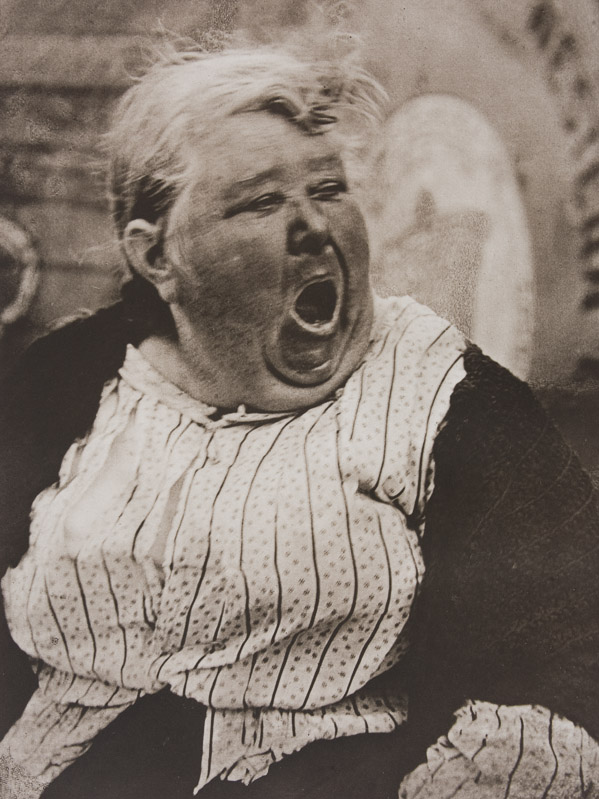
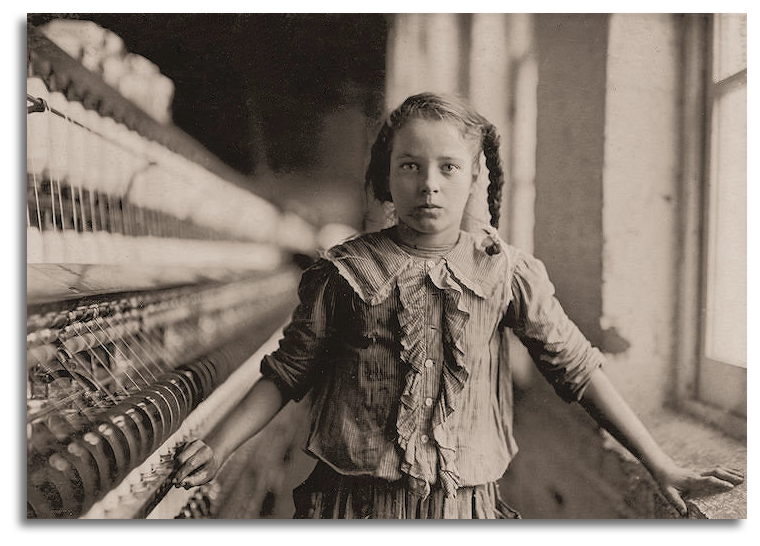

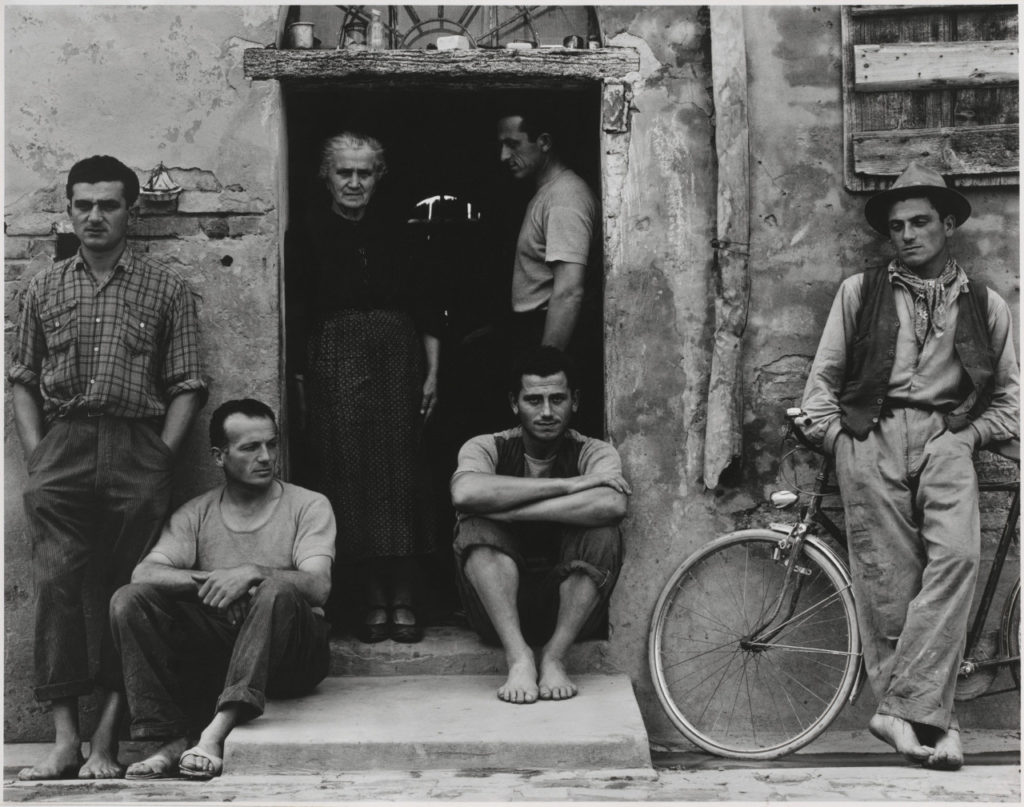
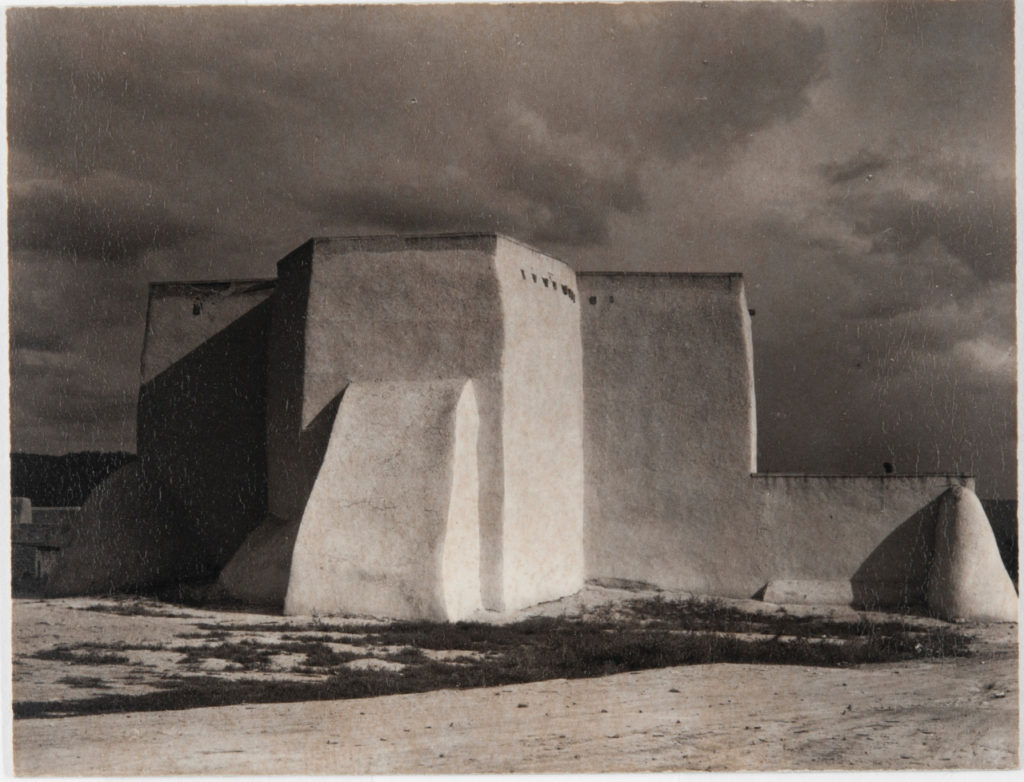
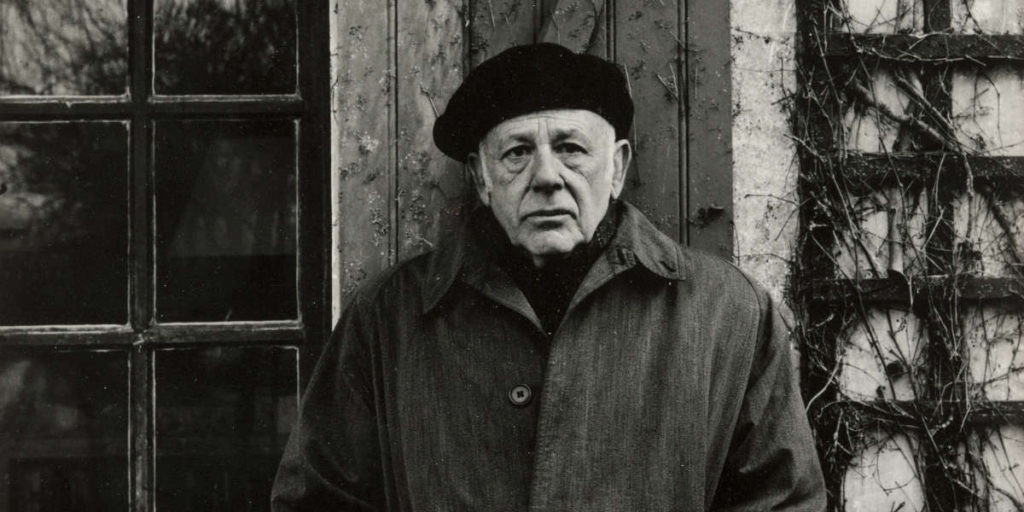
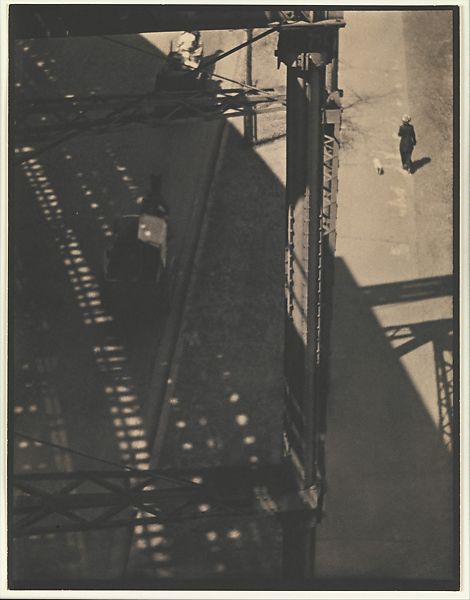
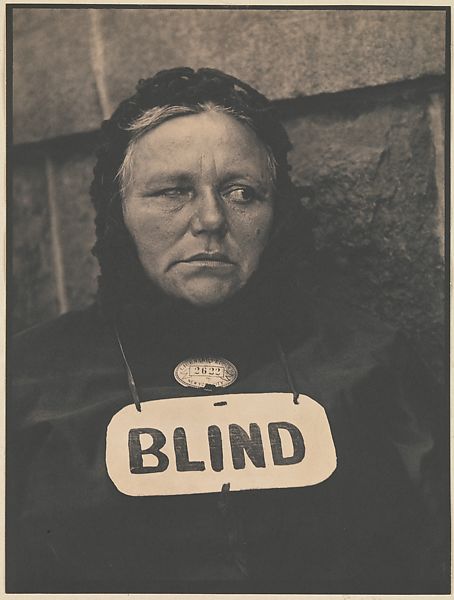
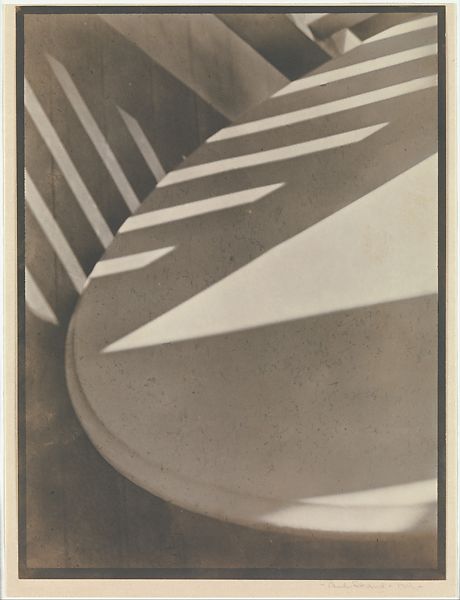

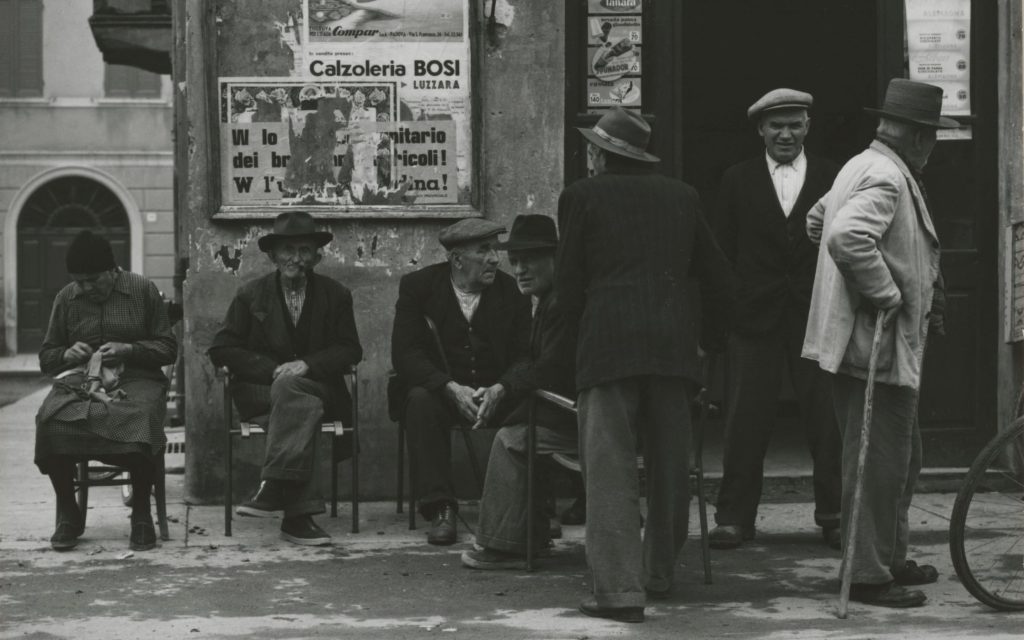
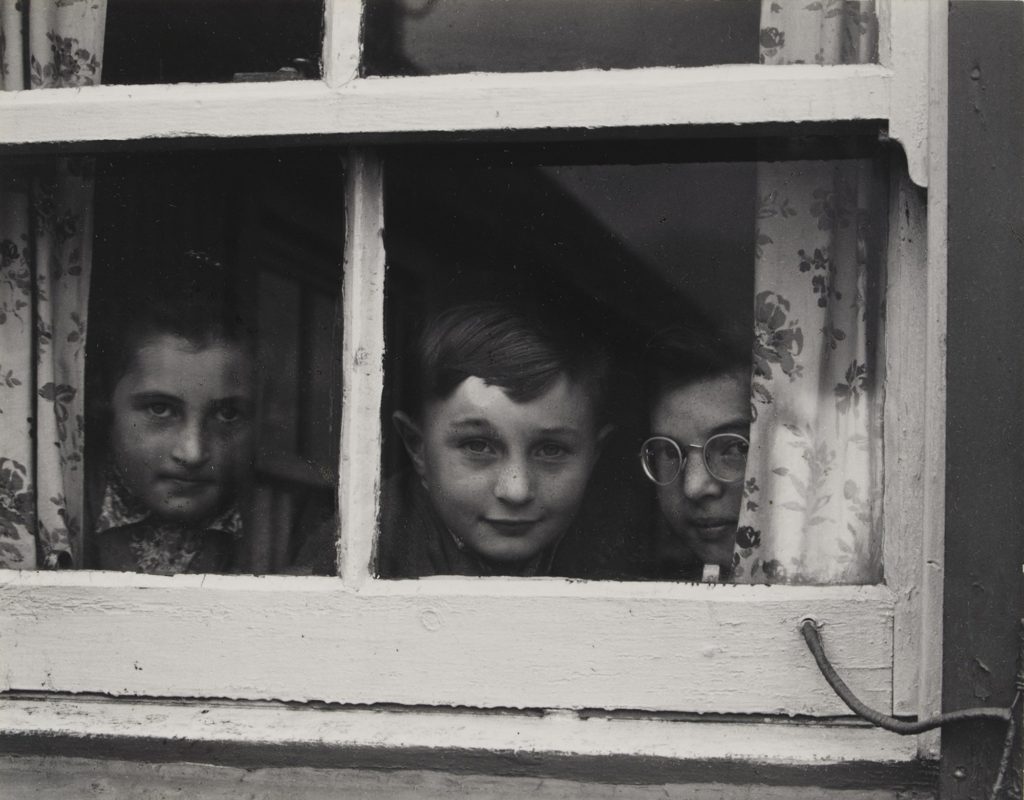
Often considered to the leading American documentary photographer of the 20th century. He rejected Pictorialism and wanted to establish a new photographic art based on a detached and disinterested look. He most celebrated work is his pictures of three Sharecropper families in the American South during the 1930s Depression.
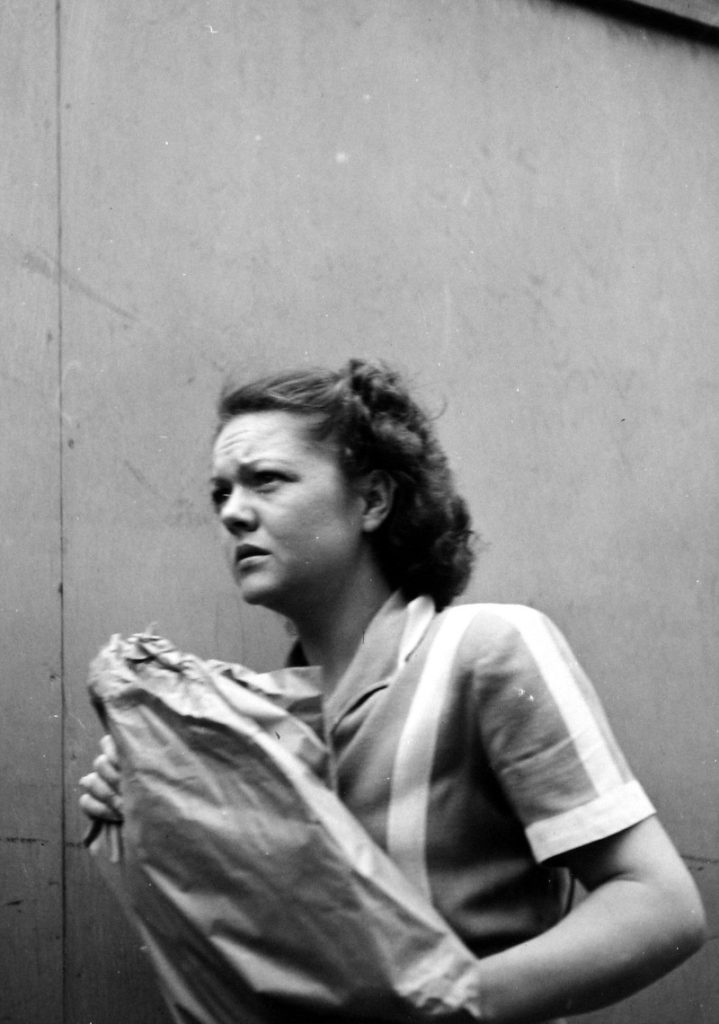


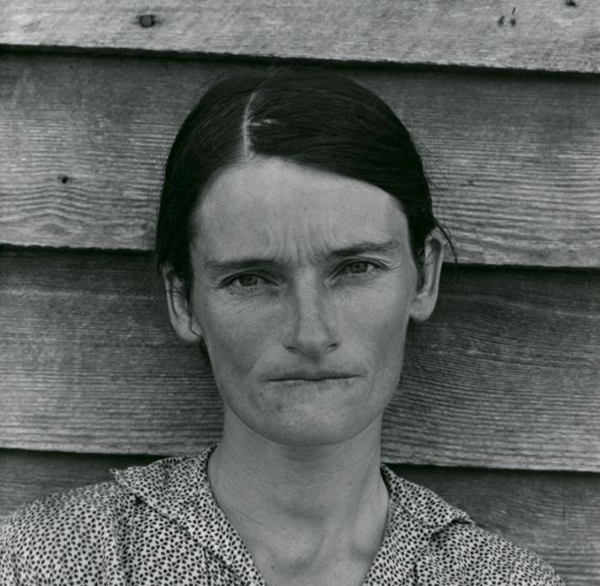

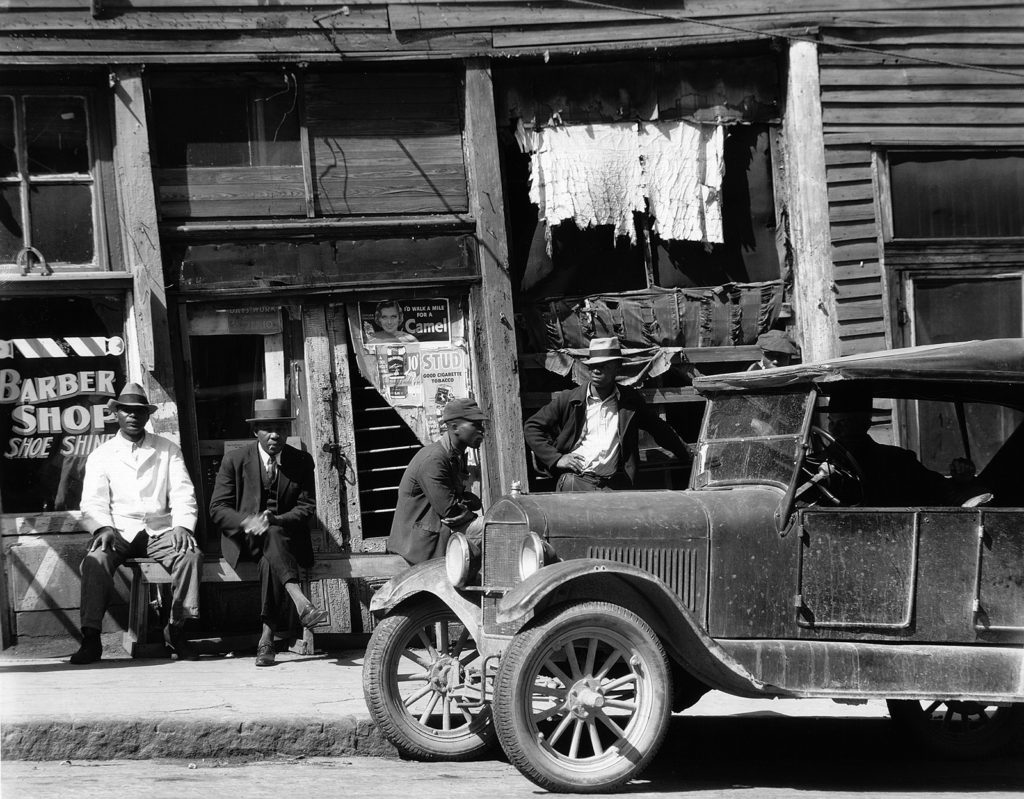
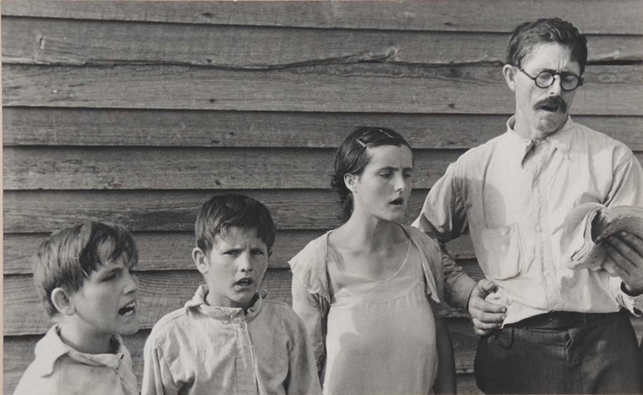
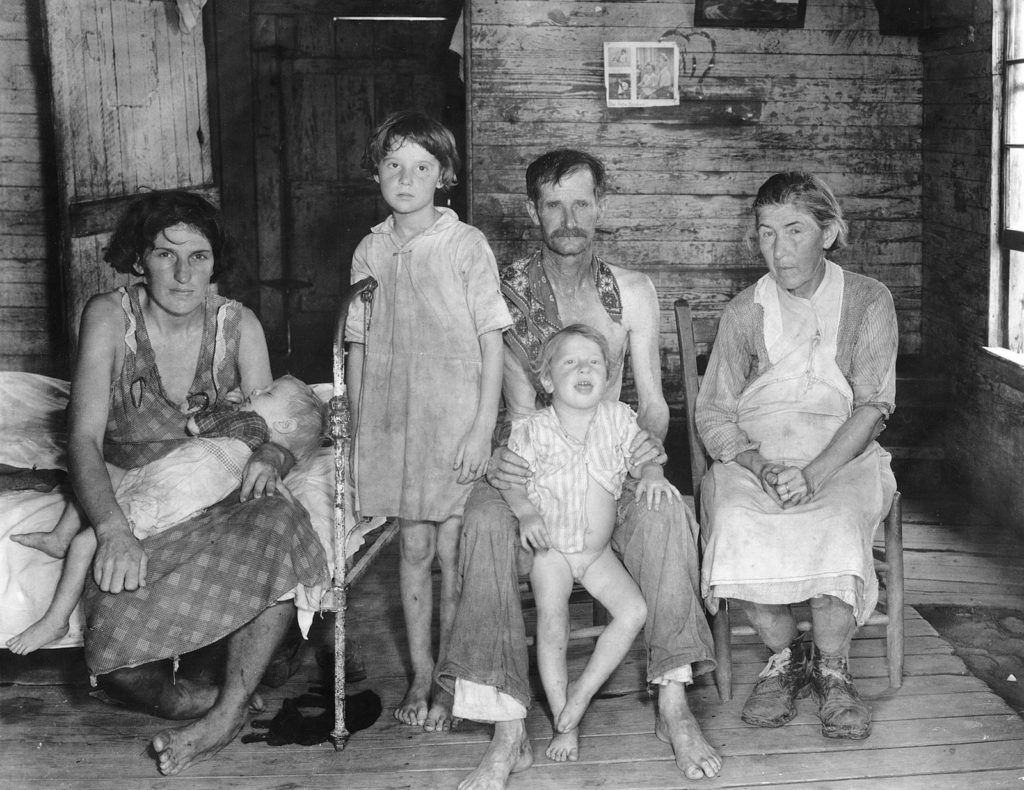
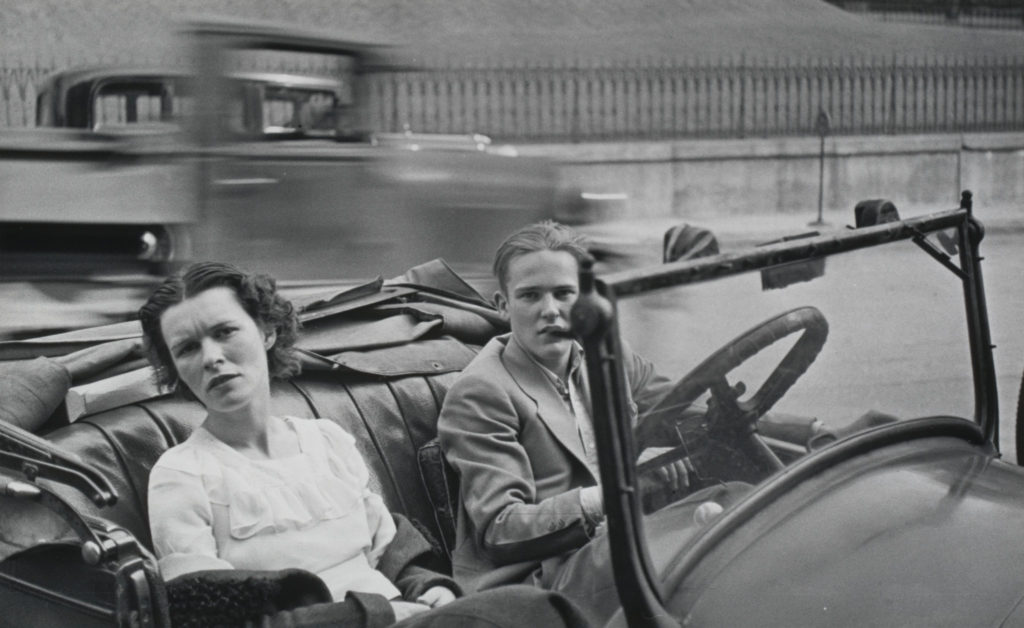
Methods/ techniques/ processes: don’t manipulate the photo and have it as it. Emphasis of the frame. abhorred handwork and soft focus and championed crisp focus with a wide depth of field. photographic not painting-like.

